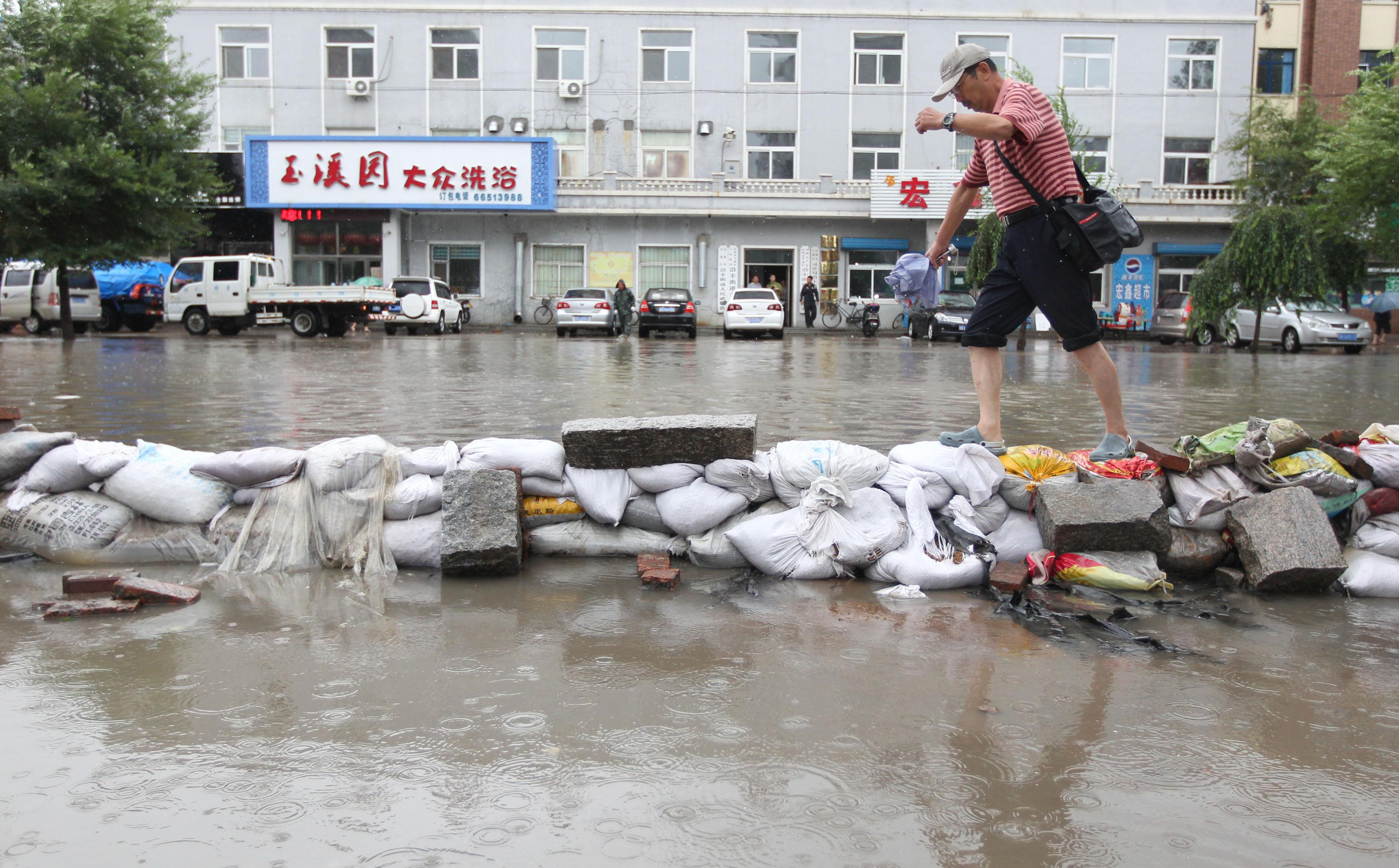As Hurricane Sandy has churned toward the East Coast bringing life-threatening flooding and high winds, it has also been called a tropical cyclone, a “nor’easter on steroids,” and a Frankenstorm. What kind of storm tends to be the most dangerous?
The typhoon. Typhoon is the name for a strong tropical cyclone in the northwest Pacific Ocean, around East or Southeast Asia, while hurricane is the name for a strong tropical cyclone in the north Atlantic Ocean or the northeast Pacific Ocean, around North and Central America. Cyclone is the more generic name for these strong tropical storm systems around the world, but the name is also used to refer more specifically to the powerful storms that form in the Indian Ocean or around Australia. Of the three main kinds of cyclones, typhoons tend to be even larger and more powerful than hurricanes, since the northwest Pacific Ocean provides a larger area in which to form.
The largest typhoons are called super typhoons. To count as a super typhoon, a storm must have sustained winds of more than 150 miles per hour. While it is possible for a strong Category 4 or 5 hurricane to be as powerful as a super typhoon, most of the most powerful storms in recorded history have been super typhoons. For example, probably the largest and most intense tropical cyclone on record was 1979’s Super Typhoon Tip, which was estimated to have sustained winds of more than 190 mph and which sent gale-force winds as far as 650 miles from its center. Its central pressure was measured at a record low of 870 millibars. (Lower pressure tends to make for more powerful storms.) In contrast, 2005’s Hurricane Wilma set the record for lowest pressure measured in the Atlantic at 882 millibars. (On Monday morning, Sandy’s pressure was measured at 943 millibars.)
Typhoons and cyclones also tend to cause more deaths, especially when they hit less-developed areas, though they don’t cost as much in property damage as the hurricanes that hit the United States. The 1970 Bhola Cyclone was perhaps the deadliest storm in history, killing at least 300,000 people and perhaps over 500,000 people (estimates vary), most of whom were swept away in the storm surge. Like Bhola, most of the deadliest storms in modern history have hit India and Bangladesh, where the death tolls have been in the tens of thousands. The deadliest hurricanes in the United States have killed hundreds and even, in a few cases, more than a thousand, with Hurricane Katrina killing more than 1,700. Measured in dollars, the Bhola Cyclone cost in the tens of millions, while several U.S. storms have cost in the billions. Katrina was one of the costliest storms in history, at an estimated $81 billion.
While they don’t cause as much large-scale damage, the worst kind of storm to find at your doorstep would be a tornado or a firestorm. Both are rare and impact smaller areas, but they can spread quickly and have a higher fatality rate than any cyclone. The deadliest single tornadoes have killed in the hundreds, while the United States’ deadliest firestorm, which is a forest fire fed by the wind, killed more than 1,000. The most damaging winter storms in modern U.S. history, which include both blizzards and ice storms, have been comparatively less lethal but have still left dozens dead and as much as $1 billion in damages. Deaths from dust storms and sand storms are relatively rare both at home and abroad, though they can help spread diseases and in recent years have killed dozens of Americans in traffic accidents.
Got a question about today’s news? Ask the Explainer.
Explainer thanks David Nolan of the University of Miami.
